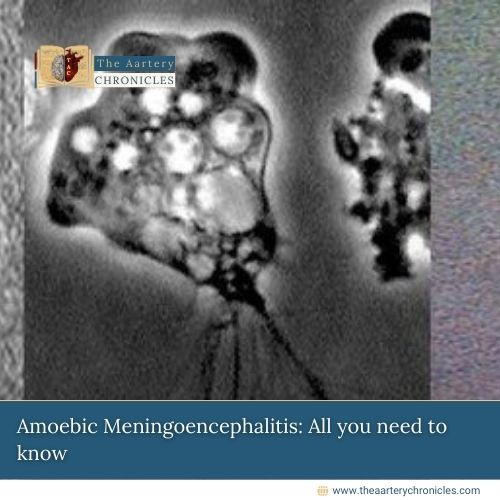

Fungus in Air? It Might Predict Your Next Infection
A new study presented at the ASM Microbe 2025 conference in Los Angeles has revealed a surprising method for tracking flu and COVID-19 outbreaks by monitoring the air for fungal spores. According to researchers, spikes in these airborne spores may serve as an early warning system for upcoming surges in respiratory infections, especially during the fall season.
The Role of Airborne Fungal Spores in Viral Surges
Félix E. Rivera-Mariani, Ph.D., the lead researcher and associate professor at Lynn University in Florida, explains that the air we breathe carries not just oxygen, but also tiny biological particles, such as fungal spores and pollen. While these are known to trigger allergies and asthma, new research shows that fungal spores may also be linked to higher rates of flu and COVID-19.
“By paying attention to the quality of our outdoor air, we might be able to prepare better for seasonal outbreaks of viral infections,” said Dr. Rivera-Mariani, who also leads research at the RIPLRT Institute in Fort Lauderdale.
Why Puerto Rico? A Unique Natural Laboratory
The study focused on Puerto Rico, a tropical location where fungi and pollen are present in the air throughout the year. This made it an ideal place to examine how these environmental elements might influence viral illnesses.
Researchers collected data between 2022 and 2024 from two major health regions in Puerto Rico: San Juan and Caguas. Each day, they recorded how many people were diagnosed with COVID-19 or the flu and compared this with the amount of fungal spores and pollen in the air.
What the Study Found
Using advanced statistical and machine learning tools, scientists discovered that spikes in airborne fungal spores were strongly linked to increases in COVID-19 and flu cases—sometimes within the same week or shortly after. However, pollen did not show the same pattern.
When fungal spore levels increased, a surge in infections often followed just days later. These patterns were especially clear during the fall, a time when viral outbreaks are more common.
Why This Matters
The findings suggest that tracking fungal spore levels in the air could give public health officials a head start in managing respiratory illness outbreaks. Early warnings could lead to faster responses, such as boosting hospital readiness or alerting vulnerable populations—like the elderly or people with asthma.
“This research shows that infection rates are not only influenced by human contact but also by what’s in the environment,” Dr. Rivera-Mariani said. “That’s an important shift in how we think about disease spread.”
New Avenues for Research
The team now hopes to explore whether fungal spore exposure is also linked to more severe outcomes, such as hospitalizations or deaths. Additionally, they aim to test their findings in other regions beyond Puerto Rico.
They are also in discussions with local health agencies to see if fungal monitoring can be added to existing outbreak tracking systems.
Conclusion
This study offers a promising new way to forecast respiratory viral outbreaks by simply paying attention to the particles floating in the air. While more research is needed, the connection between airborne fungal spores and illness spikes could become a valuable tool for protecting public health.
Source: Inputs from various media Sources

Priya Bairagi
Reviewed by Dr Aarti Nehra (MBBS, MMST)
I’m a pharmacist with a strong background in health sciences. I hold a BSc from Delhi University and a pharmacy degree from PDM University. I write articles and daily health news while interviewing doctors to bring you the latest insights. In my free time, you’ll find me at the gym or lost in a sci-fi novel.








